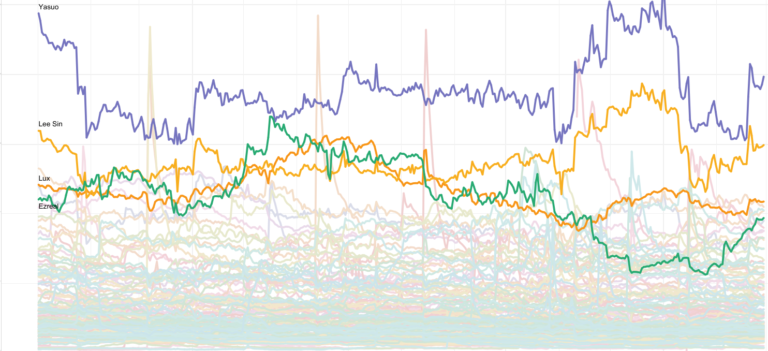

Trace Center, University of Wisconsin-Madison, Waisman Center, 1500 Highland Ave. Communication Interaction between Aided and Natural Speakers: A State of the Art Report. Forum Qualitative Sozialforschung / Forum: Qualitative Social Research 6, 2. Participant Observation as a Data Collection Method. Augmentative and Alternative Communication 22, 2: 85-99. Perspectives of speech language pathologists regarding success versus abandonment of AAC. Johnson, Ella Inglebret, Carla Jones, and Jayanti Ray. In Conversation Analysis: Studies from the First Generation. Glossary of transcript symbols with an introduction. In Proceedings of the 2017 CHI Conference on Human Factors in Computing Systems, 2137-2148. Designing for the "Universe of One": Personalized Interactive Media Systems for People with the Severe Cognitive Impairment Associated with Rett Syndrome. Anthony Hornof, Haley Whitman, Marah Sutherland, Samuel Gerendasy, and Joanna McGrenere.In Proceedings of the SIGCHI Conference on Human Factors in Computing Systems, 2177. Designing with children with severe motor impairments. Perspectives on Augmentative and Alternative Communication 18, 4: 154. In-Person Interaction in AAC: New Perspectives on Utterances, Multimodality, Timing, and Device Design. Conversational organization: interaction between speakers and hearers. Methodological Immaturity in Childhood Research?: Thinking through 'participatory methods'. In Proceedings of 11th Brazilian Symposium on Human Factors in Computing Systems, 57-66. Customizing a Communication Device for a Child with Cerebral Palsy Using Participatory Design Practices: Contributions Towards the PD4CAT Method. Filgueiras, Cristiano Maciel, and Vinicius C. In Handbook of Complementary Methods in Education Research. Definition and Analysis of Data from Videotape: Some Research Procedures and Their Rationales. Journal of the Learning Sciences 19, 1: 3-53. Conducting Video Research in the Learning Sciences: Guidance on Selection, Analysis, Technology, and Ethics. Lemke, Miriam Gamoran Sherin, and Bruce L. Engle, Frederick Erickson, Ricki Goldman, Rogers Hall, Timothy Koschmann, Jay L. ACM SIGACCESS Accessibility and Computing, 77-78: 153. The ethnographically informed participatory design of a PD application to support communication. Rhian Davies, Skip Marcella, Joanna McGrenere, and Barbara Purves.Qualitative Research in Psychology 3, 2: 77-101. In Proceedings of the 14th International Conference on Interaction Design and Children, 79-88. Designing technology for and with developmentally diverse children: a systematic literature review. Peter Börjesson, Wolmet Barendregt, Eva Eriksson, and Olof Torgersson.Augmentative and Alternative Communication 20, 4: 272-282. The Understandability of AAC: A Conversation Analysis Study of Acquired Dysarthria. ACM Transactions on Computer-Human Interaction 19, 2: 1-35. Supporting Personal Narrative for Children with Complex Communication Needs.

Rolf Black, Annalu Waller, Ross Turner, and Ehud Reiter.Routledge, Taylor & Francis Group, London New York. Multimodality, learning and communication: a social semiotic frame. Josephus Johannes Bezemer and Gunther R.International Journal of ChildComputer Interaction 3-4: 23-40. Widening participation in technology design: A review of the involvement of children with special educational needs and disabilities. International Journal of Language & Communication Disorders 47, 2: 115-129. Barriers and facilitators to the use of high-technology augmentative and alternative communication devices: a systematic review and qualitative synthesis: AAC barriers and facilitators review. Susan Baxter, Pam Enderby, Philippa Evans, and Simon Judge.


 0 kommentar(er)
0 kommentar(er)
